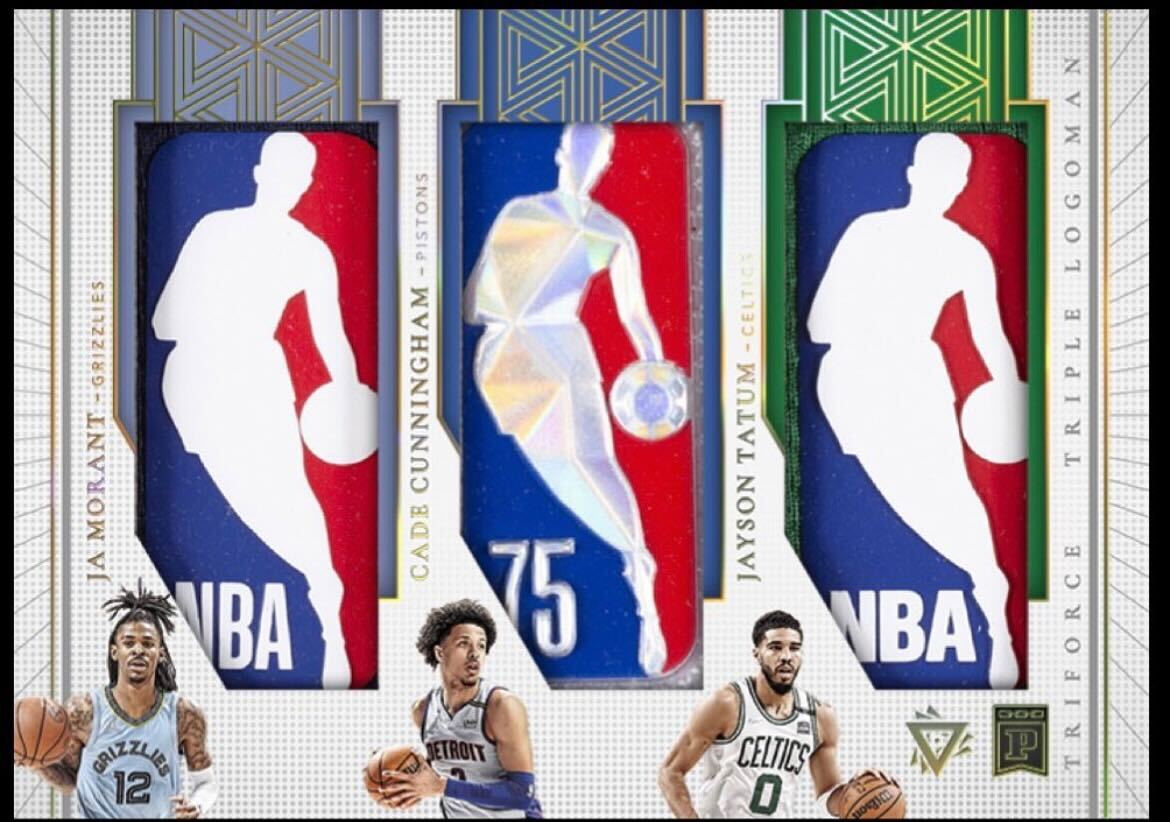Basketball cards, like baseball and hockey cards, have been a popular collectible item for many years. They feature images of professional basketball players on the front and statistics on the back. The history of basketball cards dates back to the late 19th century, but it wasn't until the 1980s and 1990s that they really took off as a hobby and form of investment.
The first basketball cards were produced in the 1910s and 1920s, but they were not as popular as baseball and football cards. The reason for this is that basketball was not as widely played or popular as other sports during this time period. It wasn't until the 1960s and 1970s, with the rise of the National Basketball Association (NBA) and the emergence of superstars like Wilt Chamberlain, Bill Russell, and Kareem Abdul-Jabbar, that the popularity of basketball and basketball cards began to increase.
In the 1980s, the popularity of basketball cards really took off with the introduction of high-quality cards featuring glossy images and detailed statistics. Companies like Fleer, Hoops, and Star Company began producing basketball cards, and they quickly gained a following among collectors.
One of the most iconic and influential basketball card sets is the 1986-87 Fleer set, which featured Michael Jordan on the cover. This set is considered one of the most significant sets in the history of basketball cards, and cards from this set are highly sought-after by collectors.
The 1990s saw the emergence of new companies like Upper Deck and Skybox, which produced high-end, high-quality basketball cards. These companies introduced new innovations such as holographic cards and autographed cards, which added a new dimension to the hobby of basketball card collecting.
As of today, basketball card collecting is still popular and strong, with a lot of different manufacturers and sets available for collectors, for example Topps, Panini, and Hoops. Some of the most valuable basketball cards include the 1986-87 Fleer Michael Jordan, the 1996-97 Topps Chrome Kobe Bryant, and the 1984-85 Star Company Larry Bird.
One of the major factors driving the popularity of basketball cards is the potential for investment. Like other collectibles, the value of a basketball card can fluctuate over time, with certain cards becoming highly sought-after and increasing in value. For example, a 1986-87 Fleer Michael Jordan card in mint condition can fetch thousands of dollars at auction.
Another factor that makes basketball cards attractive to collectors is the variety available. There are different types of basketball cards, such as rookie cards, game-used jersey cards, autographed cards, and limited edition cards. Each type of card can have a different value and appeal to different collectors.
The hobby of basketball card collecting is not just limited to physical cards, with the emergence of digital and virtual reality cards also becoming more popular. This can include virtual card trading platforms, digital card packs, and virtual reality experiences that allow collectors to interact with their cards in new ways.
In conclusion, basketball cards have a rich history dating back to the 1910s and 1920s, but it wasn't until the 1980s and 1990s that they really took off as a hobby and form of investment. The hobby of basketball card collecting is still popular and strong, with a lot of different manufacturers and sets available for collectors. The potential for investment and the variety of cards available make basketball cards an attractive option for collectors. With the emergence of digital and virtual reality cards, the hobby is also changing and adapting to the new ways of collecting.

